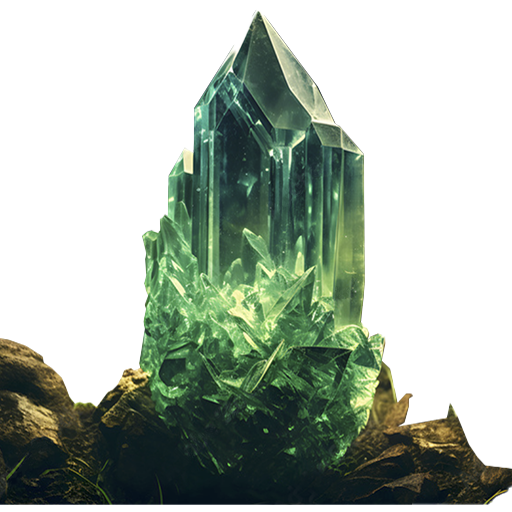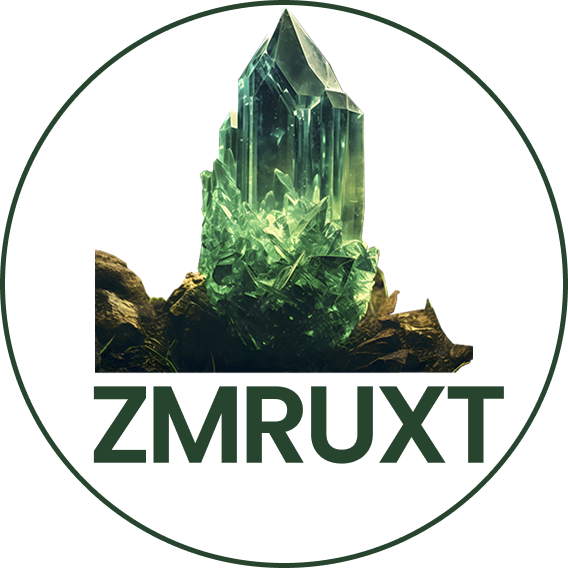Music and arrangement – Margarita Khachatryan
Vocals – Margarita Khachatryan&Arthur Soghoyan
Video compilation – Margarita Khachatryan&Arthur Soghoyan
Vahagn Vishapakagh (Vahagn the Dragon Reaper) or Vahakn (Armenian: Վահագն) was a god of fire and war in pre-Christian ancient historically Armenia.
THE BIRTH OF VAHAGN
From the History of Armenia,
by
MOSES OF KHORENE
(Fifth Century)
Historian Khorenatsi’s report of an ancient song gives a clue to his nature and origin:
“Heaven and earth were in travail,
And the crimson waters were in travail.
And in the water, the crimson reed
Was also in travail.
From the mouth of the reed issued smoke,
From the mouth of the reed issued flame.
And out of the flame sprang the young child.
His hair was of fire, a beard had he of flame,
And his eyes were suns.”
Երկնէր երկին, երկնէր երկիր,
Երկնէր և ծովն ծիրանի.
Երկն ի ծովուն ունէր և զկարմրիկն եղեգնիկ.
Ընդ եղեգան փող ծուխ ելանէր,
Ընդ եղեգան փող բոց ելանէր,
Եւ ի բոցոյն վազէր խարտեաշ պատանեկիկ.
Նա հուր հեր ունէր,
Բոց ունէր մօրուս,
Եւ աչքունքն էին արեգակունք:
Other parts of the song, now lost, said that Vahagn fought and conquered dragons, hence his title Vishabakagh, “dragon reaper”, where dragons in Armenian lore are identified as “Vishaps”. He was also a sun-god.
NEMRUT
Armenia during the reign of Tigranes the Great, 1st c. BC.
Nemrut is one of the oldest continuously settled regions on Earth. It was inhabited by Armenians from times immemorial. And in the 1st century BC during the rule of Tigranes the Great, the region was part of the Armenian kingdom.
Moreover, the 1st century BC king of Commagene Antiochus I Theos, who was a member of the Armenian royal family himself, immortalized several large statues of deities including the statue of Vahagn, recorded with his Greek variant ‘Artagnes’ which is the Hellenistic form of the Avestan ‘Verethragna’ and the Armenian ‘Vahagn’, at the famous mount Nemrut.
Thus, it is safe to say that the deity Vahagn was no stranger to the region or the period in which the sculpture was created. Perhaps most recently the region was part of the last Armenian kingdom of Cillicia during the late High Middle Ages. It held a large Armenian population up until the Armenian Genocide of 1915.
PORTASAR
Turkey continues to distort history and appropriate the Armenian historical and cultural heritage. As the chief scientific adviser of the expedition of the Oxford University’s program “Stones and Stars” and Candidate of Biological Sciences Vachagan Vagradyan stated at a press conference in Yerevan, Turkey presents the temple complex Portasar located in Western Armenia.
“According to studies, the Portasar temple complex is more than 18 thousand years old. It is one of the largest and oldest ritual-religious complexes in the world. Its construction testifies to the high level of development of the Armenian people and their ancestors,” Vagradyan said.
The temple complex of Armenian Portasar (Turkish: Göbekli-Töp) is located on the highest point of a mountain ridge 15 km to the north-east of the ancient city of Edessa in the province of Shanlıurfa (historical Western Armenia) in the southeast of Turkey.
It is one of the oldest and largest megalithic structures in the world. The fact that the hill was man-made was known to archaeologists in the last century (in the 60’s).
It is not only the oldest religious but the largest known megalithic structure as well. Its age is more than 12 thousand years, the monument is 7 thousand years older than the famous Stonehenge located in England. Besides, it was built 5 and a half thousand years earlier than the first cities of Mesopotamia known to us from history textbooks.
Portasar is comprised of ideally circled structures lined with rectangular boulders, which hold dozens of giant T-shaped limestone columns. Those columns weigh up to 50 tons and reach 5 meters in height.
The floors in the buildings are made of limestone. The T-shaped columns are decorated with elaborate carvings. They depict foxes, snakes, wild boars, cranes, lions, kites, and other birds and animals.
One of the most striking sculptures is a lion descending down the column.
Բոլոր իմ հեղինակային ստեղծագործությունները և մշակումները ես գրանցել եմ
«ՀԱՅՀԵՂԻՆԱԿ» – ում (ՀԵՂԻՆԱԿԱՅԻՆ ԵՎ ՀԱՐԱԿԻՑ ԻՐԱՎՈՒՆՔՆԵՐ ՀԱՄԱՀԱՎԱՔ ԿԱՌԱՎԱՐՈՒՄ ԻՐԱԿԱՆԱՑՆՈՂ ՀԱՍԱՐԱԿԱԿԱՆ ԿԱԶՄԱԿԵՐՊՈՒԹՅՈՒՆ հասարակական կազմակերպություն (ՀԿ))։
source



